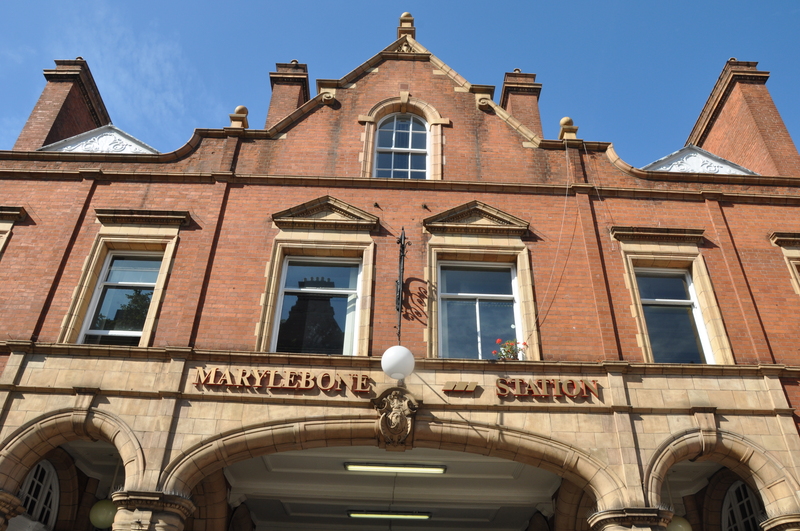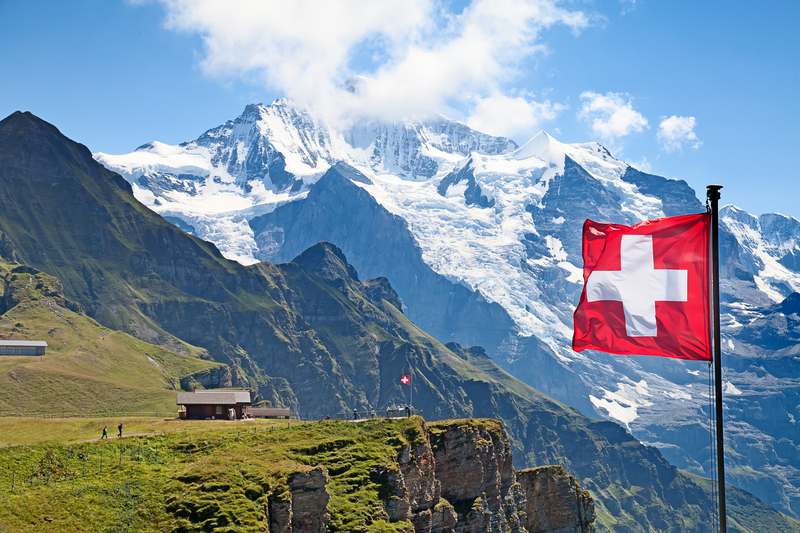Exploring the Rich History of Bayswater: Tracing Its Evolution from Past to Present
Posted on 25/10/2024
Bayswater is a vibrant and diverse neighborhood in the City of Westminster, London. Located just a few miles north-west of Charing Cross, it has a rich history that dates back to the early 19th century. Originally known as Bayard's Watering Place, Bayswater has undergone significant changes over the years, transforming from a rural suburb into a bustling cosmopolitan hub. With its tree-lined streets, elegant squares, and plethora of cultural attractions, Bayswater has become one of the most sought-after areas to live in London. In this article, we will take a journey through time and explore the fascinating evolution of Bayswater.
Early Days: A Rural Retreat
The first recorded mention of Bayswater was in the 15th century when it was referred to as "Bayards Waterings". It was believed that this name originated from an innkeeper named Bayard who provided water for travelers and their horses along the main road that ran through the area. At that time, Bayswater was mainly farmland with scattered cottages and mansions, making it a popular retreat for the wealthy elite who wanted to escape the crowded city.
However, it wasn't until the early 19th century that Bayswater began to develop rapidly. The arrival of the Grand Junction Canal in 1801 brought about major changes to the area. This led to an increase in trade and commerce, attracting new residents looking for business opportunities. As a result, grand townhouses were built along tree-lined streets, giving Bayswater its distinctive character.

A Royal Connection
Bayswater's popularity continued to grow throughout the 19th century and attracted many notable figures such as Queen Caroline and Princess Victoria (later Queen Victoria). In fact, Queen Caroline lived in Kensington Palace Gardens - one of London's most prestigious addresses - which borders Bayswater. This royal connection further enhanced the neighborhood's reputation and attracted even more affluent residents.
The 20th Century: A Time of Change
The early 20th century saw a significant development in Bayswater with the opening of the Whiteleys department store in 1911. Designed by John Belcher, this grand Edwardian building became an iconic landmark in the area, drawing shoppers from all over London. It also sparked a wave of modernization, with many new businesses and shops opening up in the surrounding streets.
However, Bayswater was not immune to the effects of World War II. The neighborhood suffered heavy bomb damage which resulted in the destruction of several historic buildings and homes. But despite the devastation, Bayswater managed to bounce back and continued to thrive as one of London's most desirable neighborhoods.
Present Day: A Cultural Hotspot
Today, Bayswater is a vibrant and cosmopolitan hub with a diverse community. The neighborhood has retained much of its rich history and charm, evident in its well-preserved buildings and architectural styles. It boasts a mix of Victorian and Georgian properties alongside modern developments, creating a unique blend of old and new.
One of the main draws to Bayswater is its cultural offerings. From the renowned Notting Hill Carnival to the German Christmas market on Kensington Church Street, there is always something exciting happening in this lively neighborhood. It is also home to several museums such as Leighton House Museum and the Serpentine Galleries, showcasing some of the best contemporary art and design.

The Pros and Cons
As with any neighborhood, Bayswater has its fair share of pros and cons. On the plus side, it offers a great location for those who want to be close to central London but prefer a quieter atmosphere. Its rich history adds character to its streets, making it a charming place to live. The wide variety of shops, restaurants, and cultural attractions make it a popular destination for both residents and visitors.
However, one of the downsides of living in Bayswater is the high cost of living. With its affluent reputation, property prices here are some of the highest in London. The neighborhood can also get busy and crowded at times due to its popularity among tourists.
Tips and Takeaways
If you're planning to visit or move to Bayswater, here are some helpful tips to keep in mind:
- Take a stroll along Kensington Palace Gardens and admire the beautiful gardens and grand mansions.
- Don't miss out on trying some local cuisines from the diverse range of restaurants in the area.
- Visit the Portobello Road Market on Saturdays for a taste of London's famous street markets.
- Explore the cultural offerings of Bayswater, including its museums and galleries.
In conclusion, Bayswater is a fascinating neighborhood that has evolved significantly over time. Its rich history and diverse culture make it a unique and desirable place to live. Despite facing challenges, Bayswater has remained resilient and continues to be an iconic part of London's landscape. Whether you're a history buff or simply looking for a vibrant and lively place to call home, Bayswater has something for everyone.



